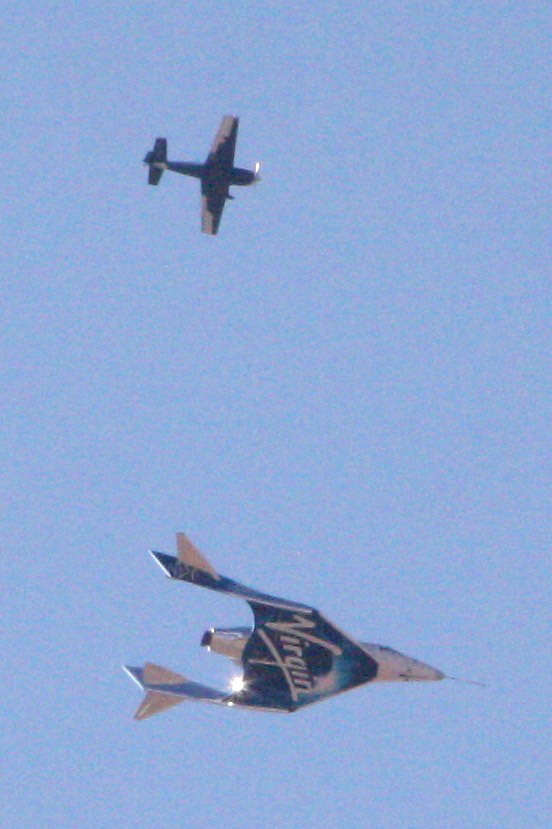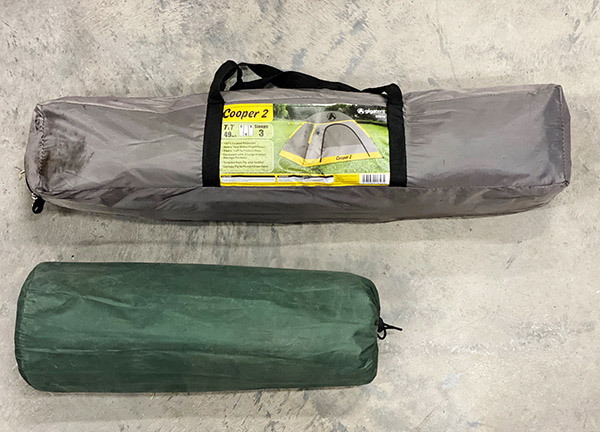I’m typing this while looking through a brand new lens on my left eye. The result of my cataract surgery was a dramatic improvement but not the eagle-eyed sharpness I was hoping for. But I’m getting ahead of myself.
After my first office visit where all manner of tests were performed and measurements taken I was sent home with several days worth of drops in a small vial. The drops were a cocktail of three drugs designed to get my eye ready for the trauma it would soon be subjected to during surgery. I put the drops in four times a day for three days and stopped putting them in on the day of surgery.
I get panicked over any kind of medical procedure; even drawing blood from my arm may see me faint to the floor in a cold sweat. The thought of someone cutting into my eye while I was awake was freaking me right out. Everyone kept telling me it would be no problem. Sure, no problem for them, I muttered to myself.
After the routine check in stuff the admitting nurse asked me which eye they were doing. I told her the left one and she put an X over the left eye with a marker and strapped a fluorescent green plastic bracelet on my left wrist. Then I walked into the pre-operation room.
The pre-op room was about 50 feet wide by 30 feet deep and beds were arraigned along the walls. Between the beds were metal racks with curtains that when closed allowed each bed to be sort of private. A jovial 80-something geezer that used a walker and an oxygen tank occupied the bed next to me. I could hear him cracking jokes with the nurses and generally being the life of the pre-op party. I sat in my bed thinking, “Don’t freak out…don’t freak out…don’t freak out.” Of course that kind of thinking just makes you freak out.
The anesthesiologist stopped by and I told him that I was going to have a hard time being awake for the surgery. Don’t worry, he said, I’ll be there the whole time, just put this pill under your tongue, don’t swallow it. The pill tasted horrible, like health food or something. A nurse kept stopping by and putting in eye drops. She asked me which eye they were doing and I told her the left one. This went on for several sessions of drops.
I wasn’t feeling any effect from the pill. I asked the nurse if it was supposed to get me high and that I didn’t feel anything. She said that it was just to relax me and that I wouldn’t get high from it. In my mind this did not bode well. I was expecting to get wiped out and not remember a thing. The damn pill was taking forever to melt. My mouth had a bitter taste. I wanted water but could not have any since two hours before the surgery.
My surgeon stopped by and told me everything was going to be fine and did I prefer dirty jokes or clean jokes while he was working on the eye. I asked for dirty jokes but not too funny as I didn’t want to move my head and cause problems. The nurse piped in and said I needn’t worry about the jokes being too funny. I found that funny.
The nurse, surgeon and anesthesiologist wheeled me into the operating room and it seemed like everything got bright and loud in that instant. My head was angled left and clamped between two bolsters. The surgeon asked me which eye he was doing and I told him the left eye. “This will only take about 8 minutes,” he said.
A rubbery-plastic shield with a sticky back was placed over my left eye and once secured the nurse peeled the center out exposing my eye. Some kind of clamping apparatus was attached to my upper and lower eyelid making blinking impossible.
It was hard to see what was going on because the room was so bright. There were two bright, square-shaped red lights side by side. Underneath the red lights was a single bright white light. These three lights were in the upper left hand side of my vision but the background was all dazzling light.
The surgeon was asking for this tool or that tool and I asked him when did I get the dirty jokes. He said that they were too dirty for public consumption and that I’d have to call him later for the joke. I could feel him tugging at the eye and at one point a crazed clear sheet slid away to my left, like a thin layer of dirty ice moving across a puddle of water. I assumed that was the cataract being removed. I thought it was strange that all this was going on and I wasn’t freaking out. I didn’t seem to care at all. If they removed my leg and I would have calmly watched them do it.
Besides the cataract I had cornea Map-Dystrophy and floaters. My left eye was in pretty bad shape, almost useless really. There were strands from the pupil attached to the lens (or something) and the surgeon wanted a pupil expander tool. The nurse went looking for one and I chatted with the surgeon while we waited. They were taking too long so the surgeon used some other tool and managed to get the new lens in and everything buttoned up. It seemed like forever but the total time I spent in the operating room was 10 minutes.
The recovery area was in the same room as the pre-op beds except no curtains. The surgeon came by and asked how I felt and explained that my pupil wasn’t working quite right. I knew my pupil was messed up from a severe bout of conjunctivitis 40 years ago. It never expanded or contracted very well afterwards. Recovery only lasted 10 minutes and the nurse had me on my feet walking out the door. I was a little tipsy but managed to get in CT’s Jeep for the ride home.

The next day we had a follow up visit at the location where the first tests were done. The doctor examining my eye sad there were some loose strands floating around and that my eye was slightly swollen under the lens. My eye test went from 20-200 to 20-60, not what I had hoped for but a huge improvement over the old, yellowed smudge-vision I had before. When I went in the first day I couldn’t see the first big E on the chart and now I could see down to line 6. Before, reading my phone required the screen to be inches away, I can read the phone a foot away now.
The pressure in my eye had gone up so he gave me some drops for that and the pressure went back down in a few minutes. The doctor said my vision might improve as the eye healed but it’s been a few days and it looks about the same so I’ll probably still need glasses. I’ll withhold judgment on the final outcome as I’m still squirting medications in my eye four times a day.
Southwestern Eye Center’s customer service was stellar throughout this procedure. As far as my vision, every eye is different. My result may be as good as it can be considering the beat up eye they started with. Things seem a lot cleaner with the new lens. I drove my car with out glasses the other day and I could see pretty well. In a month or so when my eye has settled down I’ll get a new prescription and new glasses.
I think I’ll leave the right cataract alone for a year or maybe forever. It’s not nearly as bad as the left one. I sure could use some more of those relaxing pills though. I could be brave, like a hero or something.
Part I of the cataract story is here.
More product and service reviews are here.
Never miss an ExNotes blog. Sign up here for free!









 I rewired the original 40-year-old compressor motor to run off 240 volts rather than 120 volts. It starts better with less droop on my off-grid shed. In the past I tried to run the compressor with a square-wave inverter and it started smoking. It seems to have recovered from that trauma and the motor only gets warm running on my new inverter.
I rewired the original 40-year-old compressor motor to run off 240 volts rather than 120 volts. It starts better with less droop on my off-grid shed. In the past I tried to run the compressor with a square-wave inverter and it started smoking. It seems to have recovered from that trauma and the motor only gets warm running on my new inverter.







 Things get a little nasty on the left side of the LC. Without the big upswept exhaust covering the mess all the complexity of a modern motorcycle is exposed. Let’s face it: The thing looks like a commercial air conditioning system from the left side. Still, I wouldn’t let the LC’s looks stop me from buying one assuming I would ever spend $15,000 on a damn motorcycle.
Things get a little nasty on the left side of the LC. Without the big upswept exhaust covering the mess all the complexity of a modern motorcycle is exposed. Let’s face it: The thing looks like a commercial air conditioning system from the left side. Still, I wouldn’t let the LC’s looks stop me from buying one assuming I would ever spend $15,000 on a damn motorcycle.

































